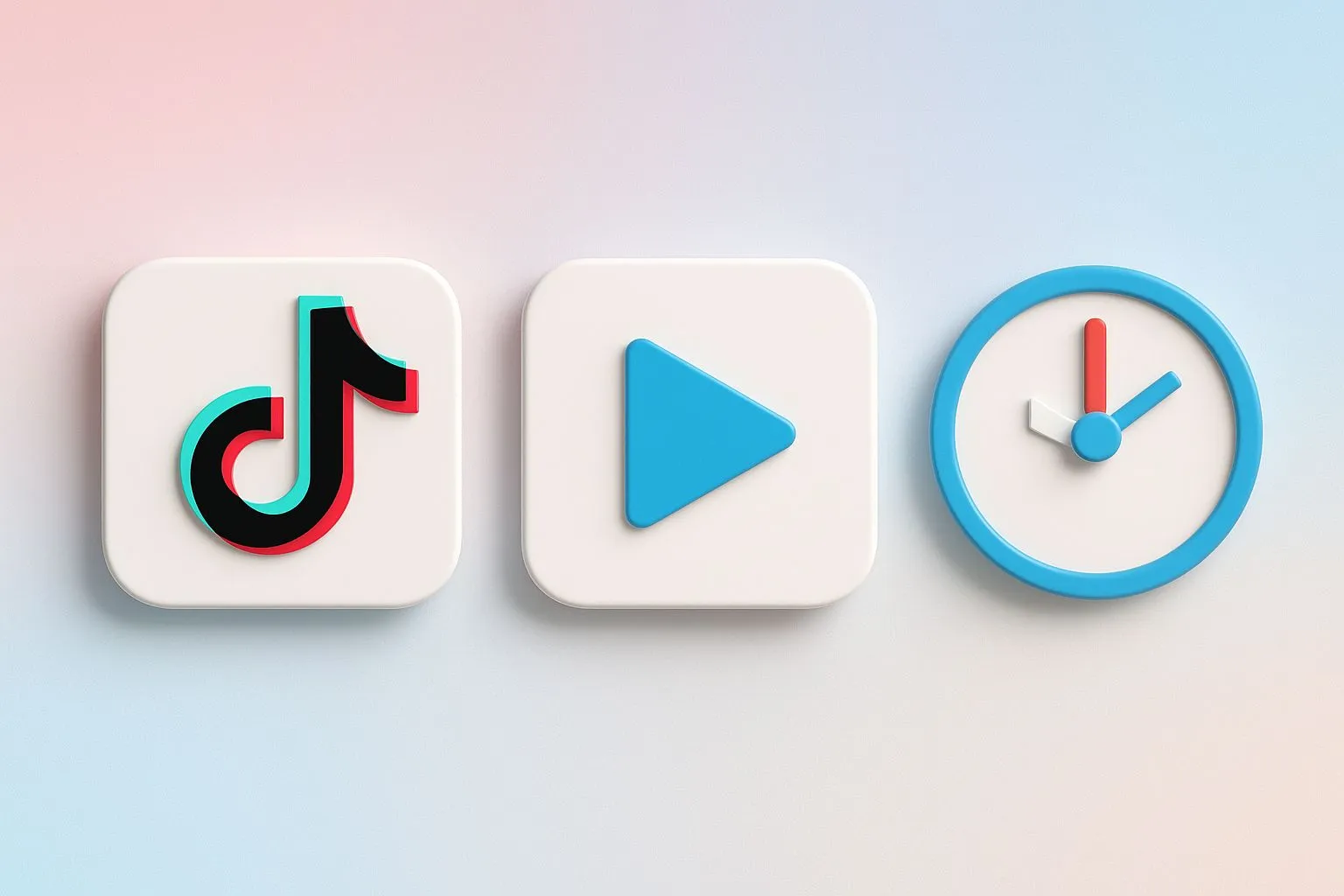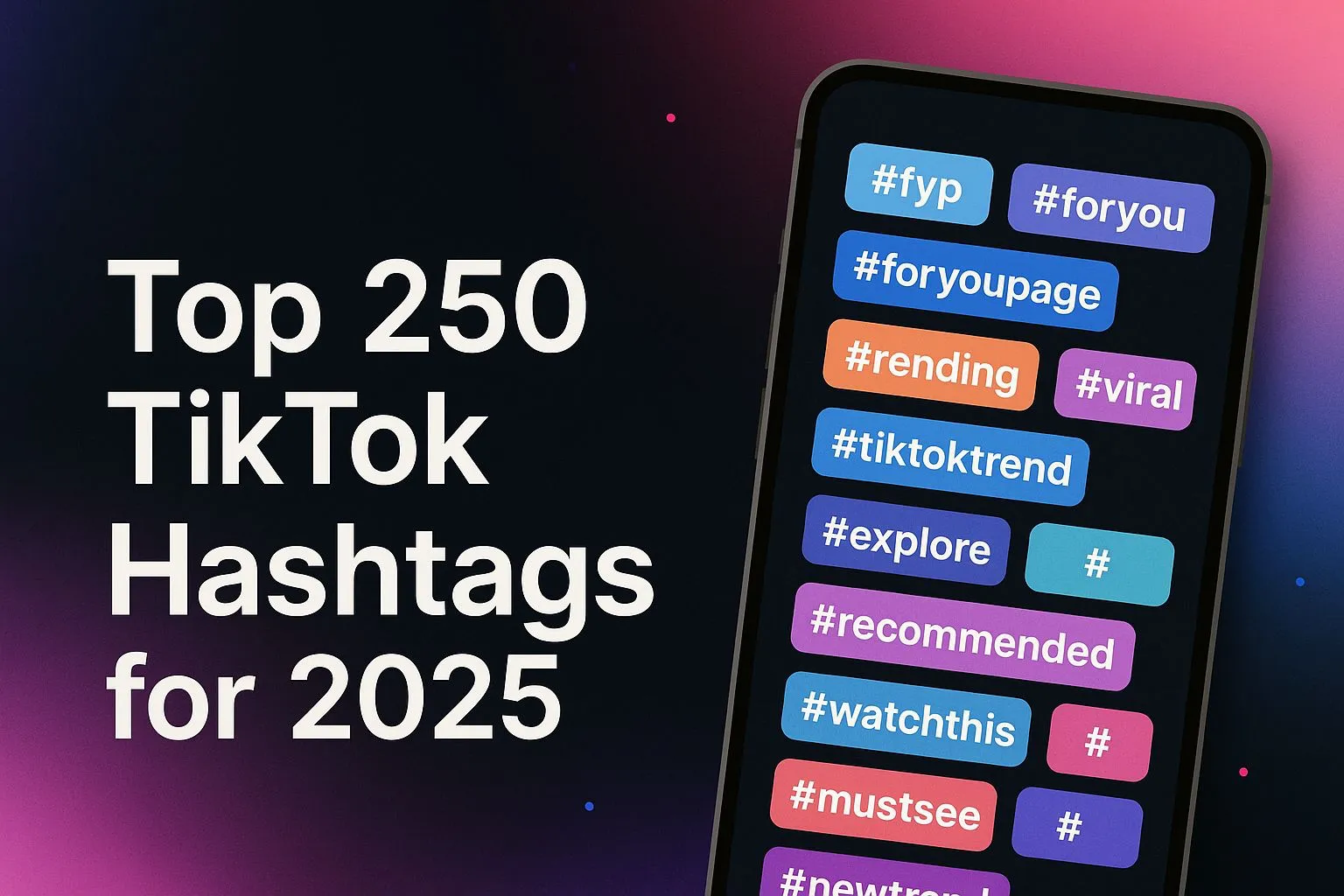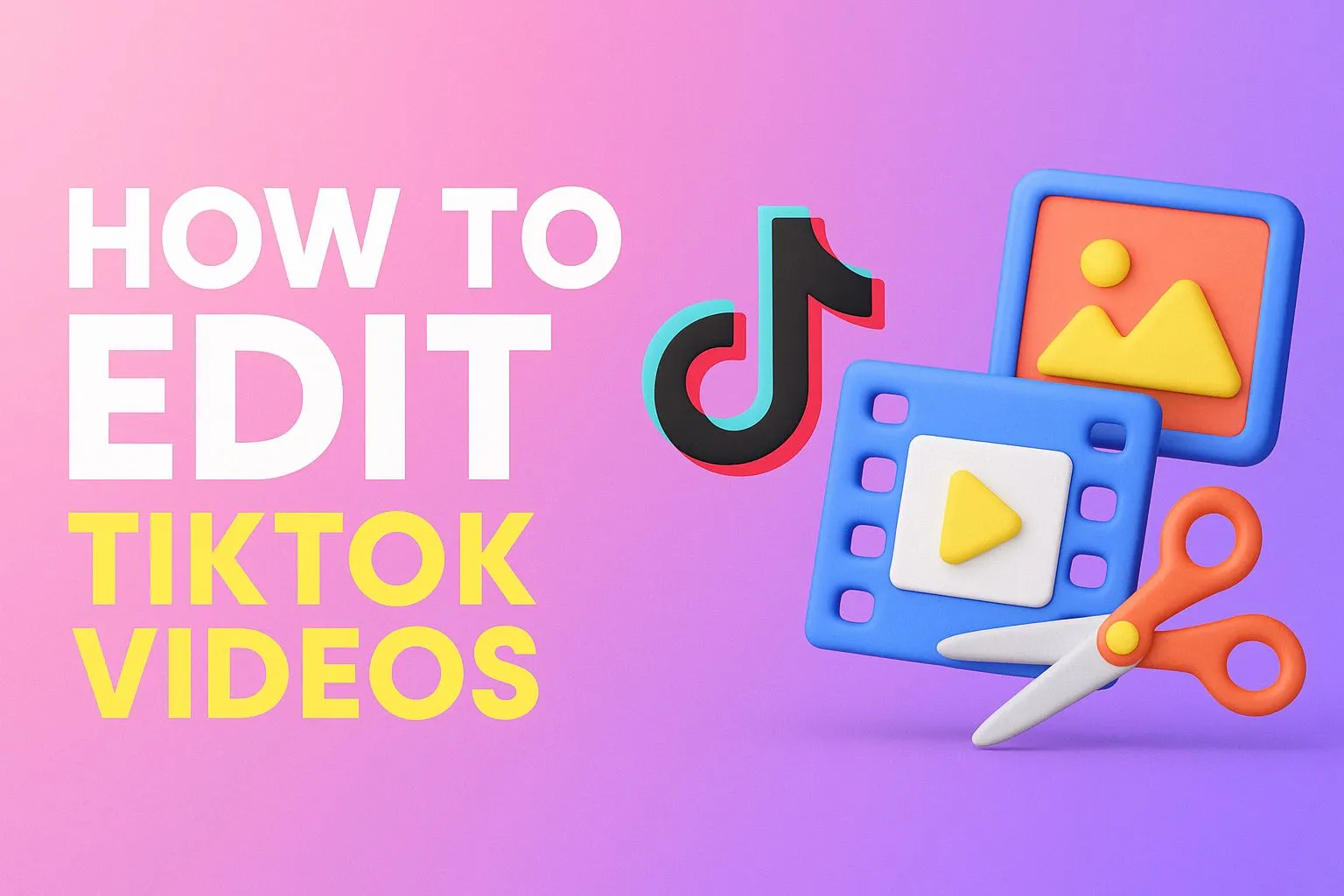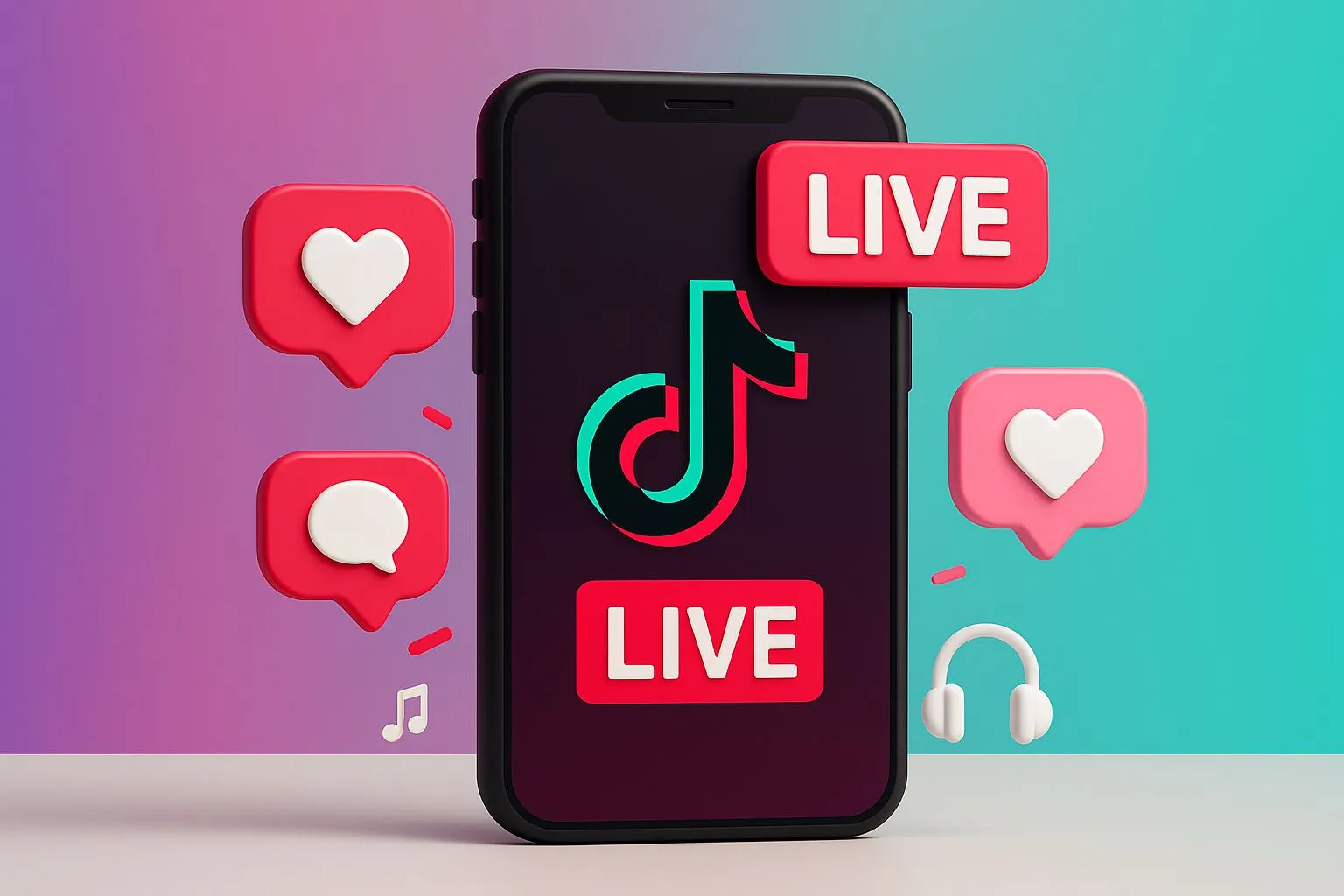· Editor · Tutorials · 319 min read
The Best Time to Post on TikTok in 2025
Discover the best time to post on TikTok in 2025. Learn when your audience is most active and maximize your reach with data-driven posting times.
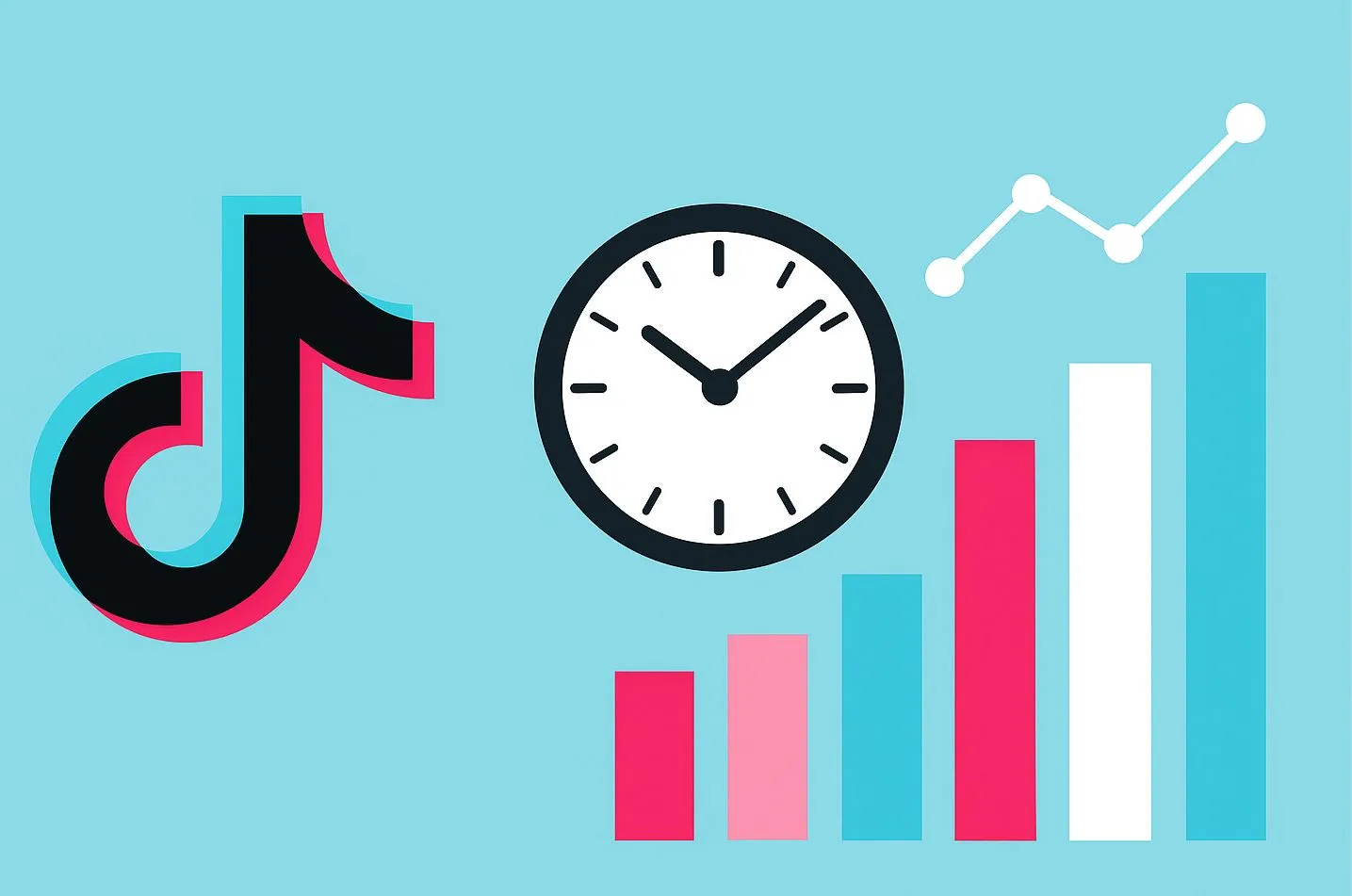
TikTok is one of the most used platforms in the world. Millions of people scroll through it every day. New content goes live every second. With so much competition, creators often ask the same question. What is the best time to publish on TikTok?
Let’s face it, timing can either make or break your video. You could have a hilarious video, a beneficial tip, or an aesthetically pleasing video. But post it when your audience is asleep, and more than likely, no one is going to see it. On the contrary, if your audience is online at the same time as you, things change. They can engage with your content right away. That early push helps spread your video much faster.
In this article, you will discover the TikTok algorithm. You will learn why the time of your post matters and what research says are the best times and days to post. You will also see how to determine the best timing for your particular account. We’ll also give you tips and techniques. You will see examples from different niche creators and common mistakes to avoid. Along with that, a way to utilize tools (like the TikTok Scheduler) to help you save time!
Understanding the TikTok algorithm
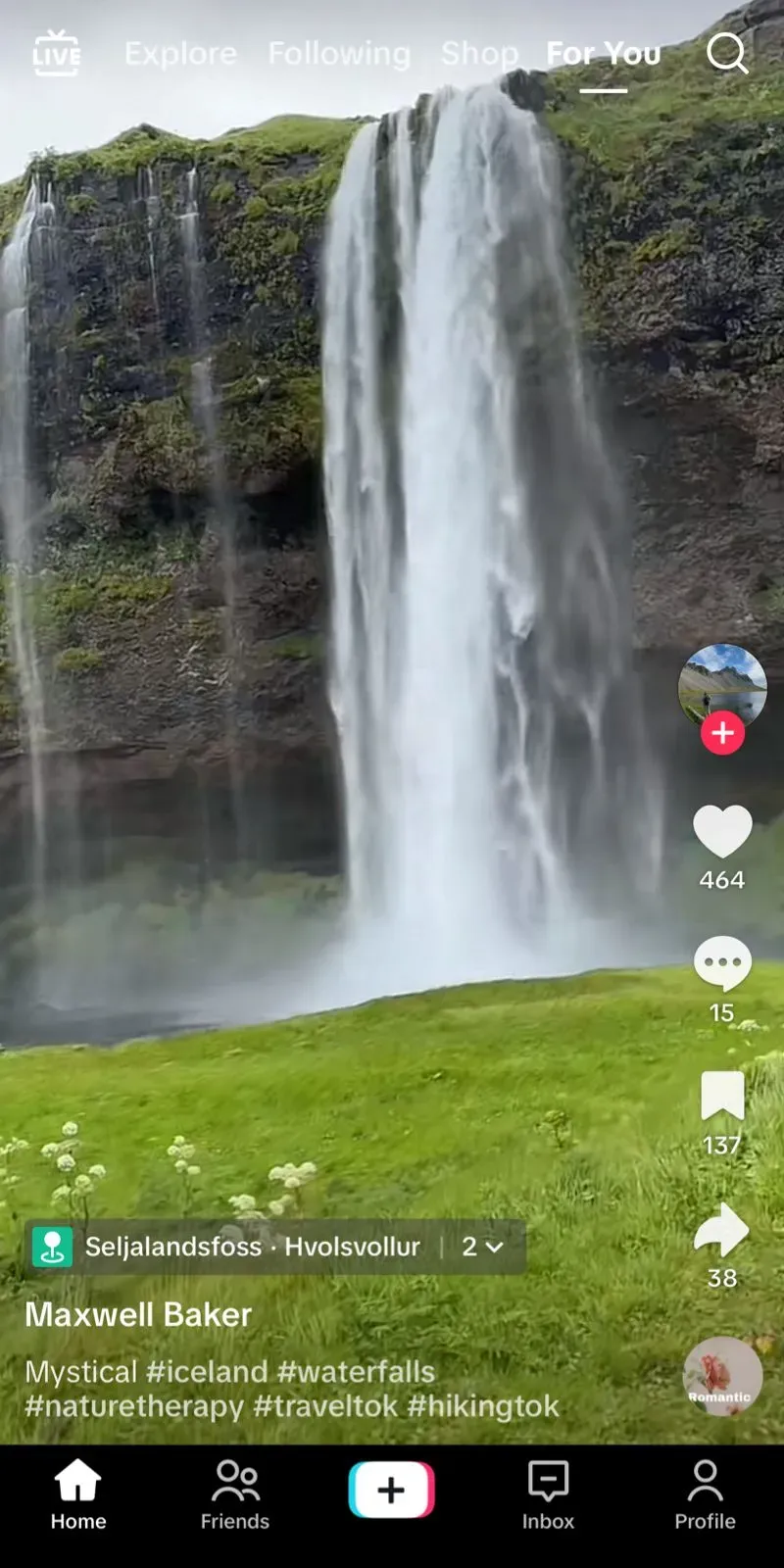
The TikTok app does not display videos in chronological order. Many people expect it to work that way, but it doesn’t. It relies on an algorithm designed to keep users on the app for as long as possible.
Basically, when you post a video, TikTok shows your video to a small group of people. If people watch the entire video, TikTok takes notice. If they also like, comment, or share it, the platform sees your content as valuable. TikTok will start to send the video to more people. It will slowly start to grow your audience.
This means the first hour or two after posting is very important. A video can gain significant engagement in the first few hours. That will give the video a better chance of ending up on the For You page. This is why the time of day (a.m. v. p.m.) directly relates to finding success on the platform.
Think of it as planting seeds. Depending on the appropriate time of year to plant in your area, those seeds will grow. If there is a bad frost, even with the best seeds, they won’t survive.
The impact of timing
Timing can play a significant role for a number of reasons:
1. Initial engagement Window
The algorithm checks how people react to your video right after you post. If you get many likes, comments, and shares in that short window, your chances of going viral are much higher.
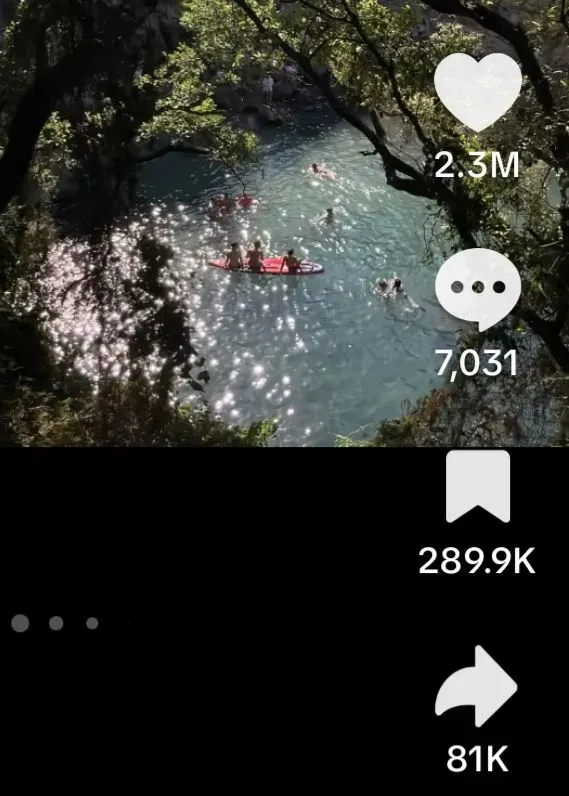
2. Audience behavior
Each group of people has its own medium habits. Some individuals scroll during their morning commute. Some during their lunch break. And some during late night. By understanding your followers’ habits, you can learn their patterns. This helps you post at the times when they are most engaged.
3. Competition levels
When very few people post, there is less content for your video to compete with. If almost everyone is online and posting at the same time, it will be harder to get your video noticed.
One way to think about TikTok is like a busy downtown street. Posting at an ideal time is like opening your store when the street is full of potential customers. If you post at the wrong time, it’s different. It’s like opening your store at midnight when no one is around.
Best times to post in general
Marketing companies and researchers have studied social media for years. They analyzed massive data sets from millions of accounts. From this, they found some general “best times” to post on TikTok. Though many of the hours are given in Eastern Standard Time (EST), the reasoning is the same for other time zones.
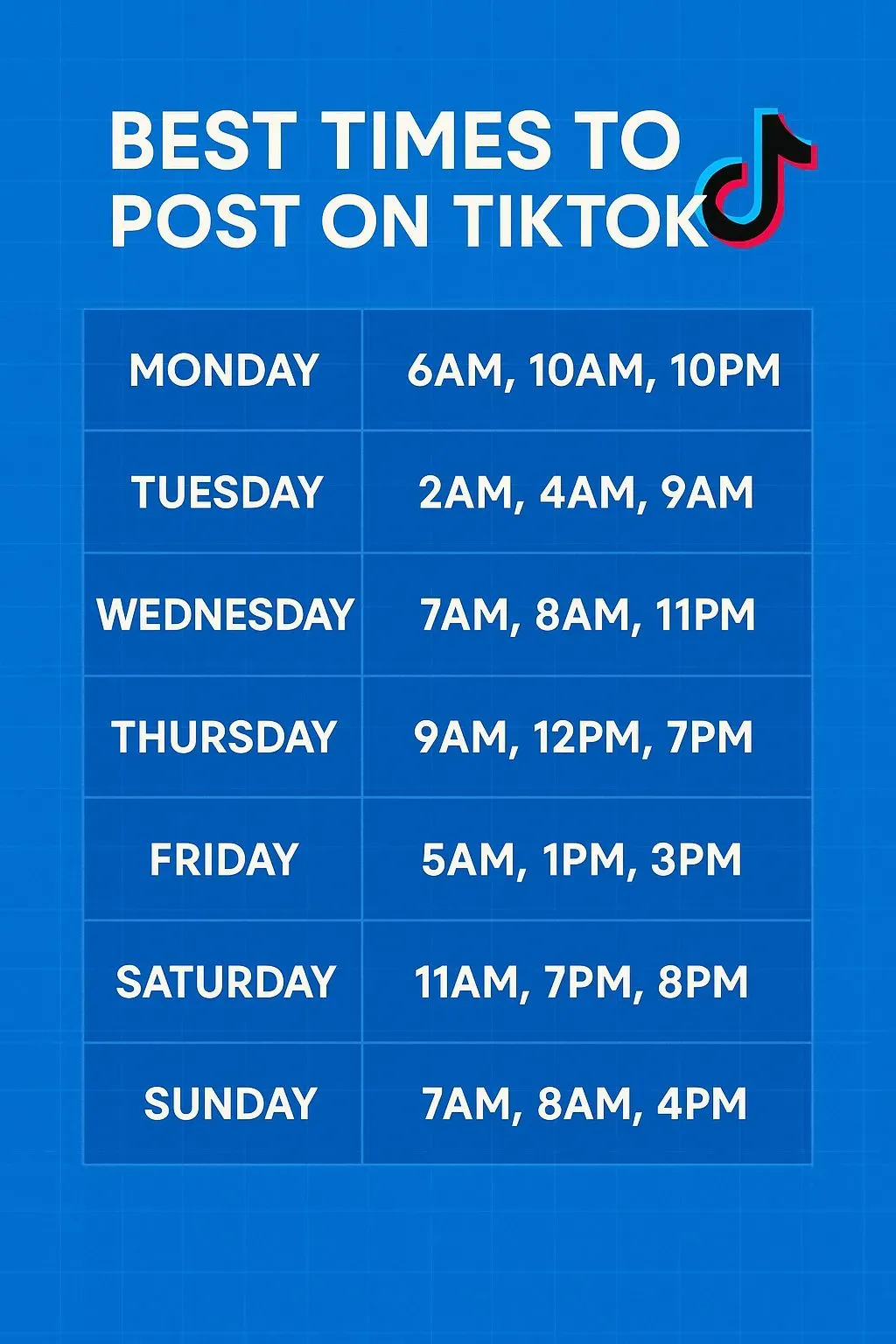
• Monday: 6AM, 10AM, 10PM
Monday is the busiest weekday. Many people start their day in a rush, but still check TikTok in the morning before school or work. Late in the morning, during breaks, there is a second wave of interest. That occurs late at night when less people are busy. For content creators, this means you can target both the early birds and the night owls.
• Tuesday: 2AM, 4AM, and 9AM
Surprisingly, early Wednesday mornings work relatively well on Tuesdays. Fewer people post in the early mornings, which reduces competition when sharing content. The time period of 9 AM also gets significant engagement from users. Again, pre-day activities such as scrolling tik tok. If you target audiences outside the US, timing changes. The hours of 2 AM to 4 AM in the US are often working hours in Europe.
• Wednesday: 7 AM, 8 AM, 11 PM
Midweek mornings are popular for either motivational or educational content. People often look for short encouragements to help them power through the week. Posts made around 11 PM also perform strongly. This is especially true for entertainment content. This is typically a time when people are relaxing and unwinding before going to bed.
• Thursday: 9 AM, 12 PM, 7 PM
Thursdays are deemed one of the best days overall. Engagement is high at this point in the week, as people are starting to look forward to the weekend. Posts made before lunch or in the early evening reach audiences at relaxed times. People are more open to content then. Similar to Wednesday, food bloggers see stronger engagement when they share lunchtime recipes.
• Friday: 5 AM, 1 PM, 3 PM
Fridays often feel like a distraction from the normal work routine. Many people already think about their weekend plans. Early Friday morning posts can reach professionals. Many check their phones while preparing for the day before leaving for work. The same can be said for the alarm that goes off on a Friday at mid-afternoon. Many other people will be checking their phones as they gear down for the end of the work week. Light-hearted and humorous content in short posts tends to perform better on Fridays.
• Saturday: 11 AM, 7 PM, 8 PM
Weekends give people more time to scroll. They often stay online longer and engage more with content. This is especially true on Saturdays. People tend to sleep in on weekends, so posting in the late morning to midday is ideal. More often, people scroll in the evening after dinner. They also check TikTok after relaxing at home, before heading out for the night. They are looking for suitable entertainment. Lifestyle, travel, and comedy content creators thrive in these times on Saturdays.
• Sunday: 7 AM, 8 AM, 4 PM
Sunday mornings are calmer. Many people scroll while relaxing with coffee or breakfast. Mid-afternoon works well too, especially for reflective or family-oriented content. However, evenings tend to be weaker, since many prepare for the week ahead.
Why these hours make sense
These posting times align with human behavior. Morning hours catch people when they’re fresh and checking their phones. Lunchtime and early afternoons are natural breaks. Evenings are often leisure hours. On weekends, people are even more open to entertainment.
It’s not just about when people are awake, but when they have the mental space to watch and engage. A professional may open TikTok during a 15-minute coffee break. A student may scroll late at night after finishing homework.
Different creators, different results
- A student influencer might get the best traction by posting in the late evening. That’s when their peers are online.
- A small business selling coffee products may do better with morning posts. These posts fit the mood of their audience.
- A travel vlogger may see more engagement on weekends. Followers then have more time to watch longer clips.
Consider global differences
If you’re based in the U.S. but have an international audience, the “best time” may shift. For example, posting at 10 PM EST may be perfect for catching audiences in Asia during their morning. That’s why these global studies should be treated as guidelines, not strict rules.
Best days of the week
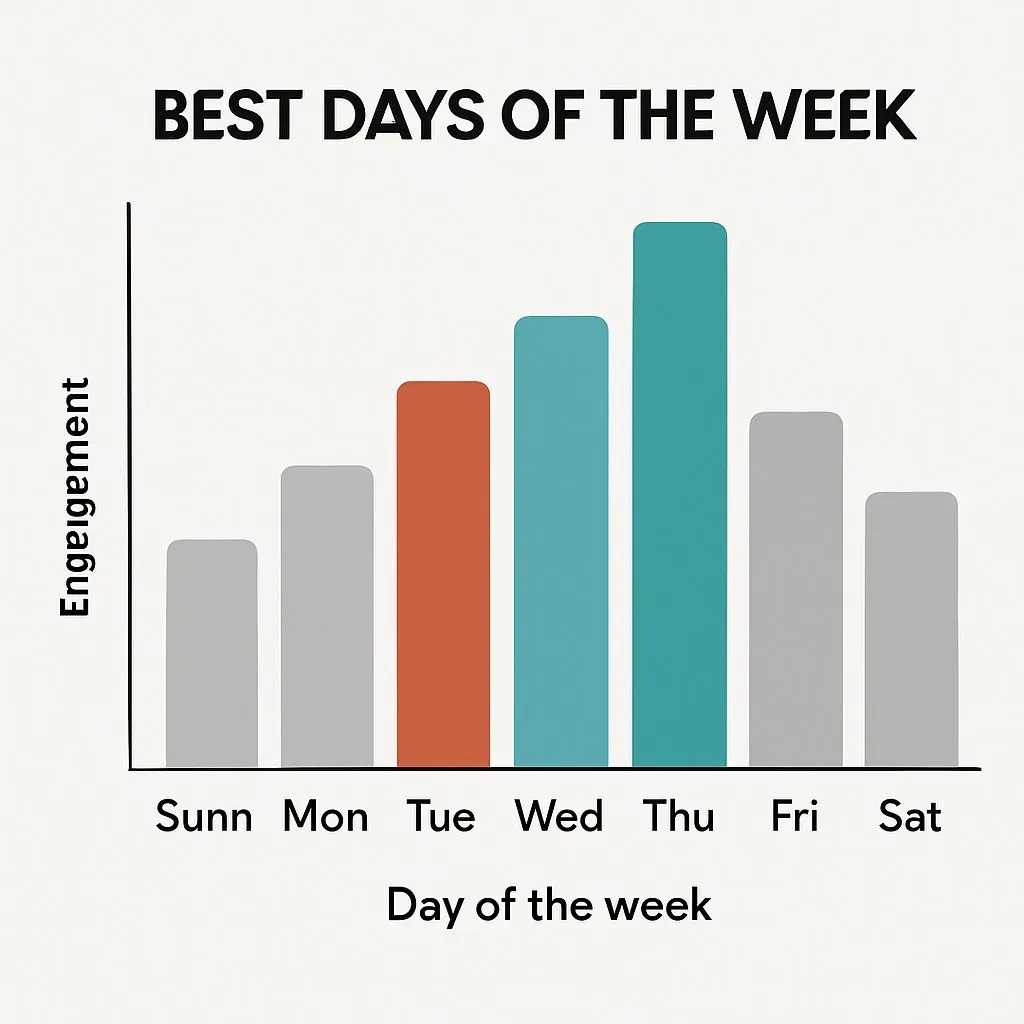
Not every day performs the same. Weekdays are often good for educational, informative, or motivational content. People scroll before work, during their lunch breaks, or when relaxing at home in the evening. For example, a video with study tips might do very well on a Monday morning.
Weekends, however, are stronger for entertaining content like humor, lifestyle, or travel. People have more free time on weekends. They often spend longer sessions scrolling through TikTok. A funny skit or a weekend vlog may perform better on Saturday evening than on a Tuesday morning.
Some studies suggest that Tuesday, Thursday, and Friday perform best. These days often bring higher overall engagement. Again, your audience may show different habits.
Factors that affect the test time
Global studies can give a general idea of the best posting times. But three main factors can actually change what works best for you.
Your audience
Who your audience is can matter. Teens often scroll late at night. Working professionals may scroll early in the morning before work. Many also scroll later at night. Parents will often scroll when their kids are asleep. Another audience can scroll at different times.
Time zones
When you’re audience is near the world, then time zones are in play. For example, if your audience is international, posting at 6 PM local time might be 2 AM for many followers. In that case, you need to adjust your schedule to match their prime hours.
Niche or content type
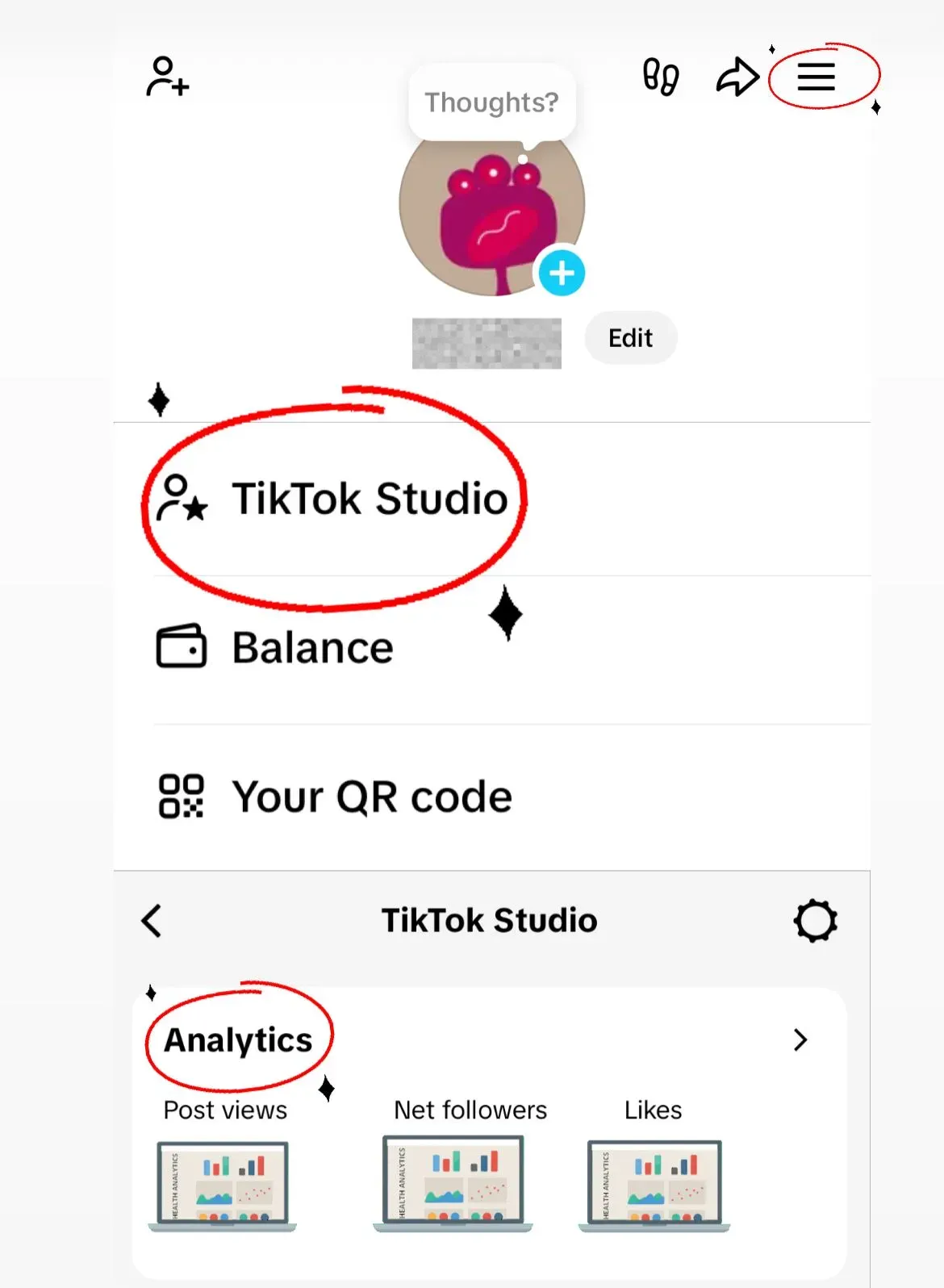
Content is going to perform best at different times as well. For example, fitness content often performs better in the morning. People want to start their day feeling active and inspired. Content about food is often better during lunch and dinner time. Content about comedy or entertainment usually performs better in the evening. People are winding down then and want to relax.
Determining your optimal posting times
Utilize TikTok analytics
As a creator or business account, TikTok provides analytics. With this information, you can see when your followers are most active. You can also see their geographic location. You can even see which of your videos have driven the most engagement. This data will provide a helpful baseline for when you should plan to post in the coming weeks.
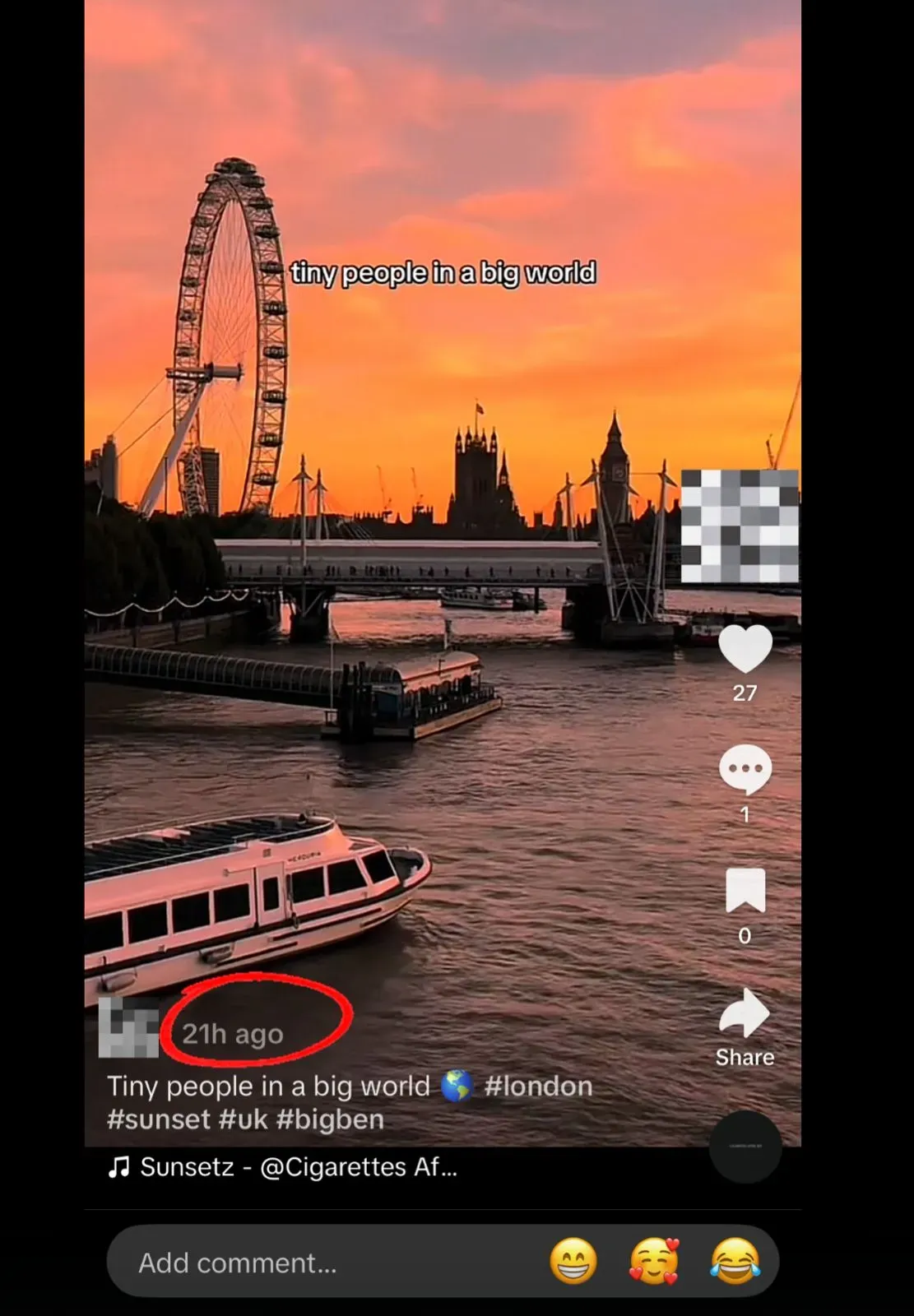
Try out different times
If you are unsure of your optimal posting window, try it out. Post at a variety schedule across multiple weeks. Make note of engagement on each video. Over time you should begin to see patterns on when your audience is most likely to engage with your content.
Analyze competitors
Look at the account of creators in your niche. When did they post, and how well did that post do? Adjust and take inspiration from what they did. Do not exactly replicate.
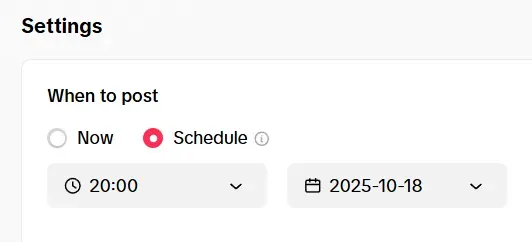
Using the TikTok scheduler
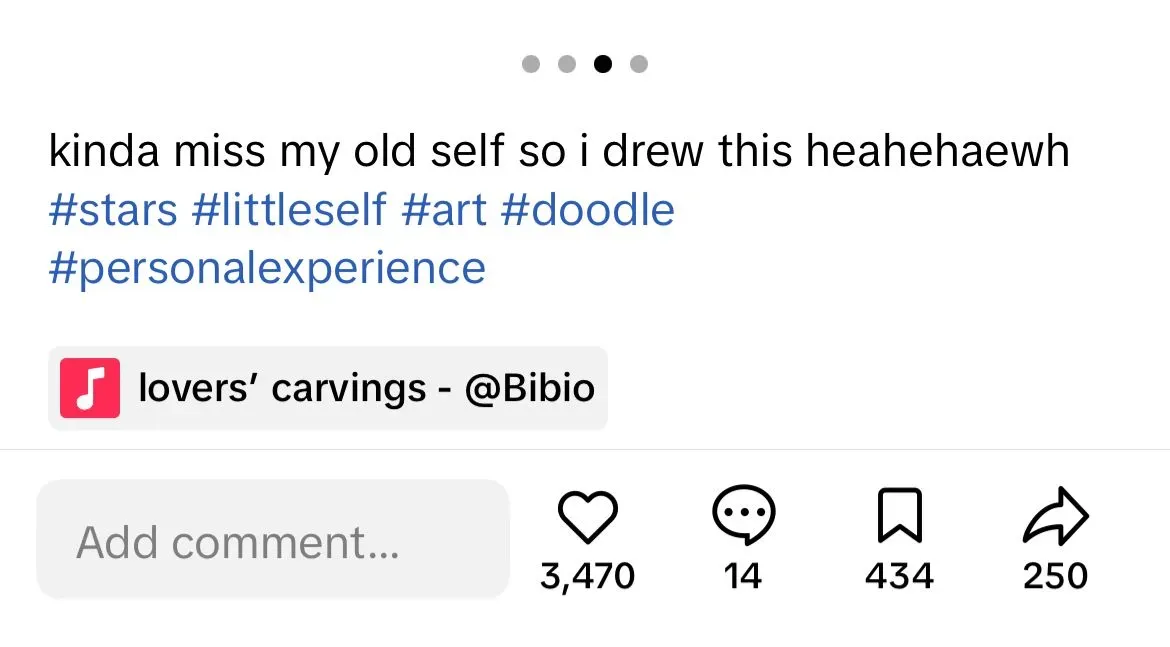
Manually posting at the perfect hour every day can be tough. TikTok has a built-in scheduling feature that allows you to plan posts in advance. This tool is especially useful if your audience is in a different time zone or if you have a busy routine.
With the scheduler, you can:
Upload a video and set a specific day and time.
Plan content for weeks ahead.
Ensure consistency even if you can’t be online at the best time.
For example, a creator in Los Angeles with a European audience could schedule posts for 9 AM London time. This way, they don’t need to wake up at 1 AM local time. This saves energy and keeps engagement high.
TikTok vs. other platforms
It’s important to note that TikTok is not the same as Instagram or YouTube. On Instagram, people may scroll throughout the day in shorter bursts. On YouTube, long-form videos do well in the evenings when viewers have more time.
TikTok is different. Its audience checks in many times a day, often for short breaks. This means you may have multiple “best times” rather than just one. The platform also pushes trending sounds and effects. So the content style matters just as much as the time.
This is why timing matters so much. Creators who post the same video at different hours often see very different results.
Practical tips to boost engagement
Posting at the right time is only part of the strategy. You also need to make sure your videos are engaging enough to hold attention.
- Be consistent. Posting regularly helps build a loyal audience.
- Use trending sounds and effects to increase your chances of discovery.
- Add captions so your videos can be understood even with the sound off.
- Use calls to action in your captions, like “Follow for more tips” or “Comment your favorite idea.”
- Mix broad hashtags like #fyp with niche hashtags related to your content.
- Interact quickly with comments in the first hour. This signals to TikTok that people are engaged.
Mistakes to avoid
- Posting without a schedule. Random posting makes it hard to track what works.
- Ignoring time zones. If you want a global audience, you must consider their location.
- Overposting. Uploading too many videos in a short time can lower quality and overwhelm your audience.
- Focusing only on timing. Posting at the perfect hour won’t help if the content itself isn’t good.
- Not testing enough. Some creators give up too quickly instead of experimenting with new hours.
Expanded case studies
Consider a few real-world examples:
A fitness creator tested posting at 6 AM daily. His motivational workout clips doubled in views. Videos posted late at night did not perform as well. Over several months, he built a community of early risers who now expect his content in the morning.
A food blogger noticed her recipe videos did much better at lunchtime. When she posted the same type of content at midnight, engagement dropped by half. She now plans her posting schedule around meal times. She shares breakfast recipes in the morning and dinner dishes in the evening.
A travel influencer saw more views when she posted on weekends around 9 AM. At that time, her followers had more time to watch longer clips. Posting the same travel vlog on a Tuesday afternoon cut her views by almost 40%.
A small business selling handmade candles tested product demos at different times. They found that evenings around 8 PM worked best. Their audience was winding down then and more likely to shop online.
These examples show that general guidelines are helpful. But your own results may vary based on your audience and niche.
Why posting time helps you grow
TikTok rewards content that keeps people engaged. If your video gets attention in the first hour, it is much more likely to be shown on the For You Page. This is why timing is such a powerful tool.
Posting at the right time means:
Higher engagement in the first hour.
More chances of being pushed to new audiences.
Greater visibility and potentially going viral.

Creators who find their perfect posting schedule often grow faster. They gain more followers and build stronger communities. And when you combine timing with strong content, the results can be exponential.
In summary
There is no single magic hour to post on TikTok. General research gives starting points. Early mornings on weekdays or evenings on weekends often work best. But the true best time depends on your audience, their location, and the type of content you post.
The best approach is to:
- Use general studies as a foundation.
- Analyze your own data with TikTok analytics.
- Run experiments and track results.
- Be consistent and focus on both timing and quality.
- Take advantage of tools like the TikTok scheduler to make life easier.
By doing this, you’ll find your own sweet spot for posting. And once you do, your videos will have a much greater chance of getting noticed, shared, and loved.
